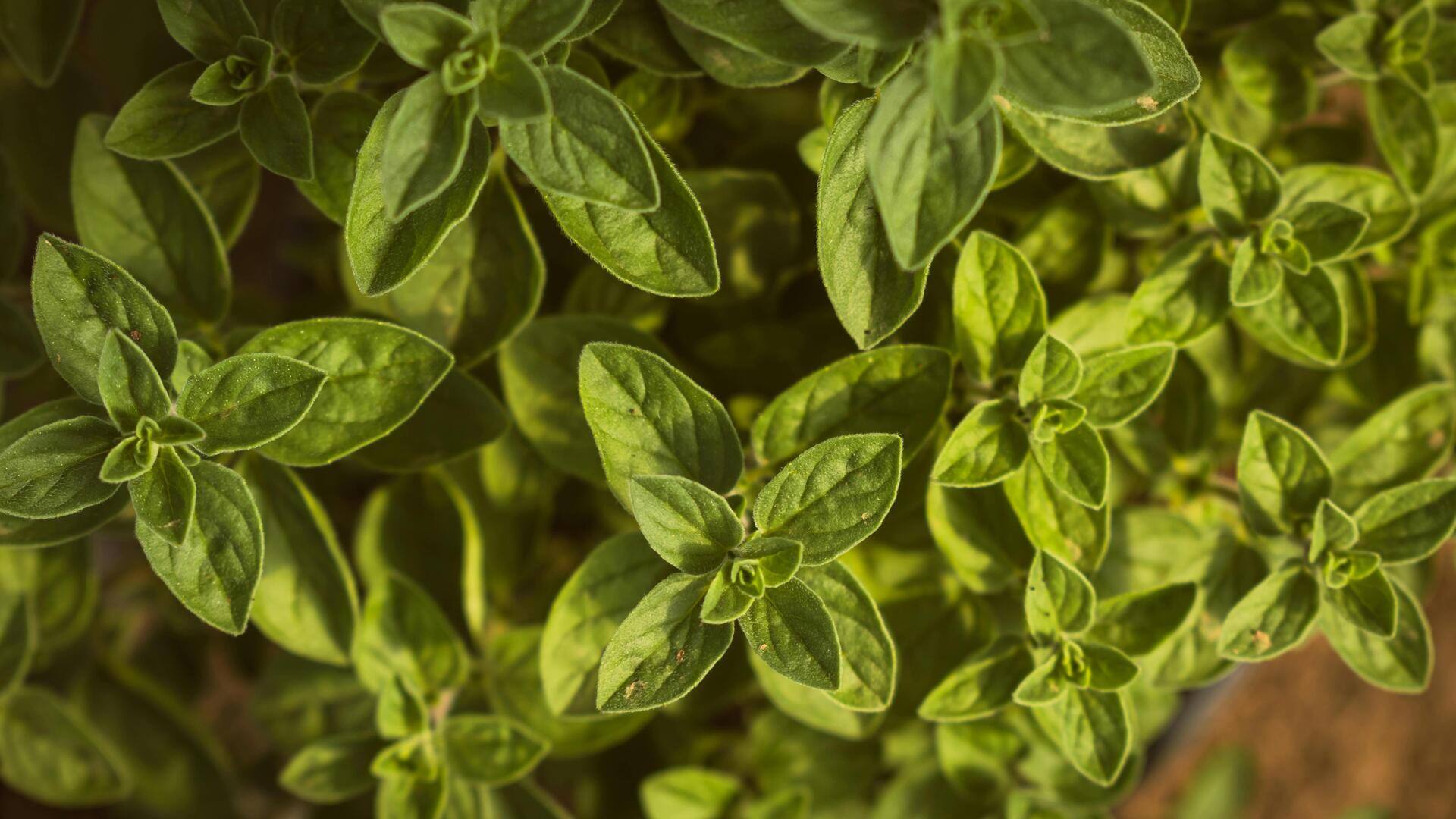
The easy guide to growing marjoram indoors all year long
What's the story
Growing marjoram indoors can be a rewarding experience, providing you with fresh herbs for your culinary needs. This aromatic herb is known for its sweet, citrusy flavor and can be easily cultivated in small spaces. With the right conditions and care, you can enjoy a steady supply of marjoram throughout the year. Here are some practical tips to help you grow marjoram indoors successfully.
Container selection
Choosing the right container
Selecting the right container is crucial for growing marjoram indoors. Choose pots with drainage holes to prevent waterlogging, which can damage the roots. A pot six to eight inches in diameter is usually sufficient for one plant. Ensure that the container is made of breathable material like terracotta or ceramic to allow air circulation and maintain optimal moisture levels.
Light requirements
Providing adequate light
Marjoram needs plenty of light to grow well indoors. Place your plants near a south-facing window where they can get at least six hours of direct sunlight every day. If natural light is insufficient, you can use fluorescent or LED grow lights as an alternative. Keep the lights about 12 inches above the plants and maintain them on for 12 to 16 hours a day.
Soil preparation
Maintaining proper soil conditions
The right soil mix is key to healthy marjoram growth. Use a well-draining potting mix with organic matter such as compost or peat moss. Avoid heavy soils that retain too much moisture, as this can lead to root rot. Check soil pH regularly; marjoram prefers slightly acidic conditions between six and seven.
Watering tips
Watering techniques for marjoram
Proper watering is essential for marjoram's health indoors. Water when the top inch of soil feels dry to touch, but avoid overwatering by ensuring excess water drains out from the pot's base. During warmer months, you may need to increase watering frequency slightly due to higher evaporation rates. In cooler months, reduce watering accordingly.
Pruning methods
Pruning and harvesting marjoram leaves
Regular pruning encourages bushier growth and prevents marjoram from becoming leggy. Trim back stems by one-third when they reach six inches tall, using clean scissors or pruning shears. Harvest leaves as needed by snipping off sprigs at their base without removing more than one-third of any single stem at once. This ensures continuous growth and prevents shock to the plant.